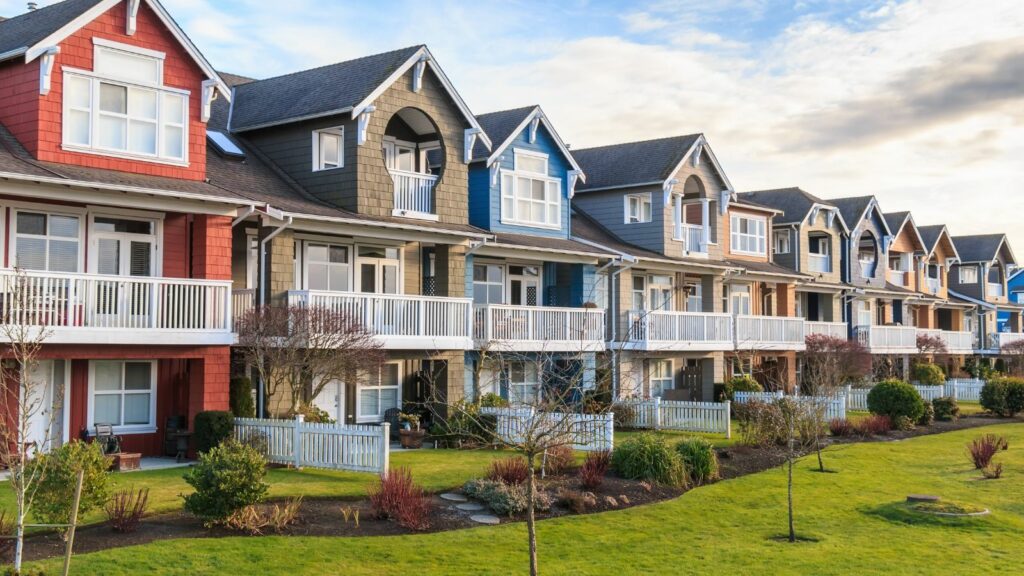Canada is often viewed as the quieter neighbor to the United States, but when it comes to urban life, some Canadian cities quietly outshine their American counterparts. From safety and livability to public services, culture, and sustainability, these cities offer a standard of life that many Americans would envy. While American cities wrestle with infrastructure decay and affordability crises, their Canadian equivalents are often more balanced and thoughtfully planned. Here are 20 remarkable Canadian cities putting American ones to shame.
Victoria, British Columbia
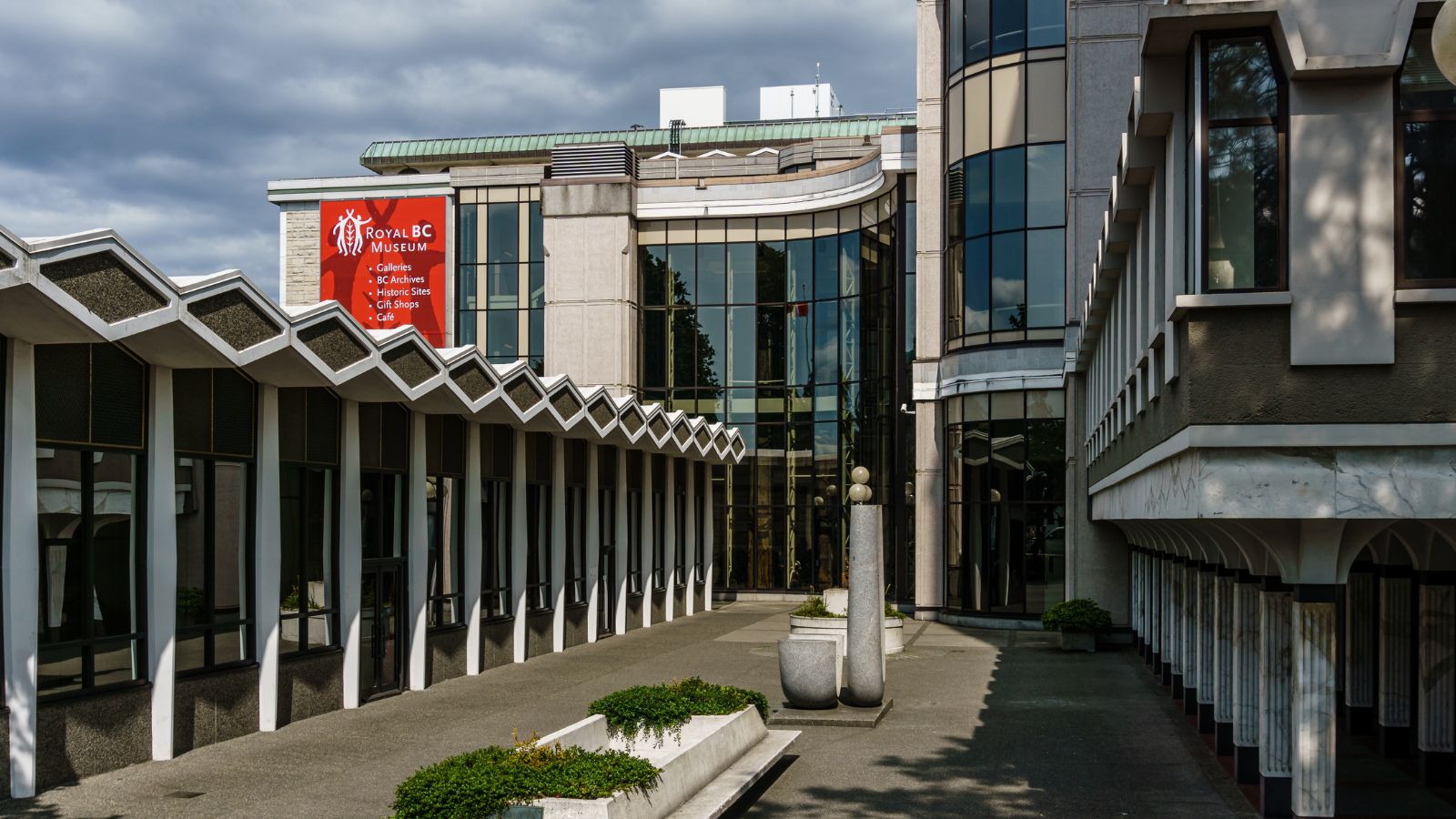
Victoria is a coastal gem that combines old-world charm with progressive urban living. With a milder climate than most of Canada, it boasts lush gardens, walkable streets, and a stunning waterfront. Its investment in cycling infrastructure and green space far surpasses that of many similar-sized American cities. The calm pace, low crime rate, and high quality of life make it a model of livability.
Quebec City, Quebec
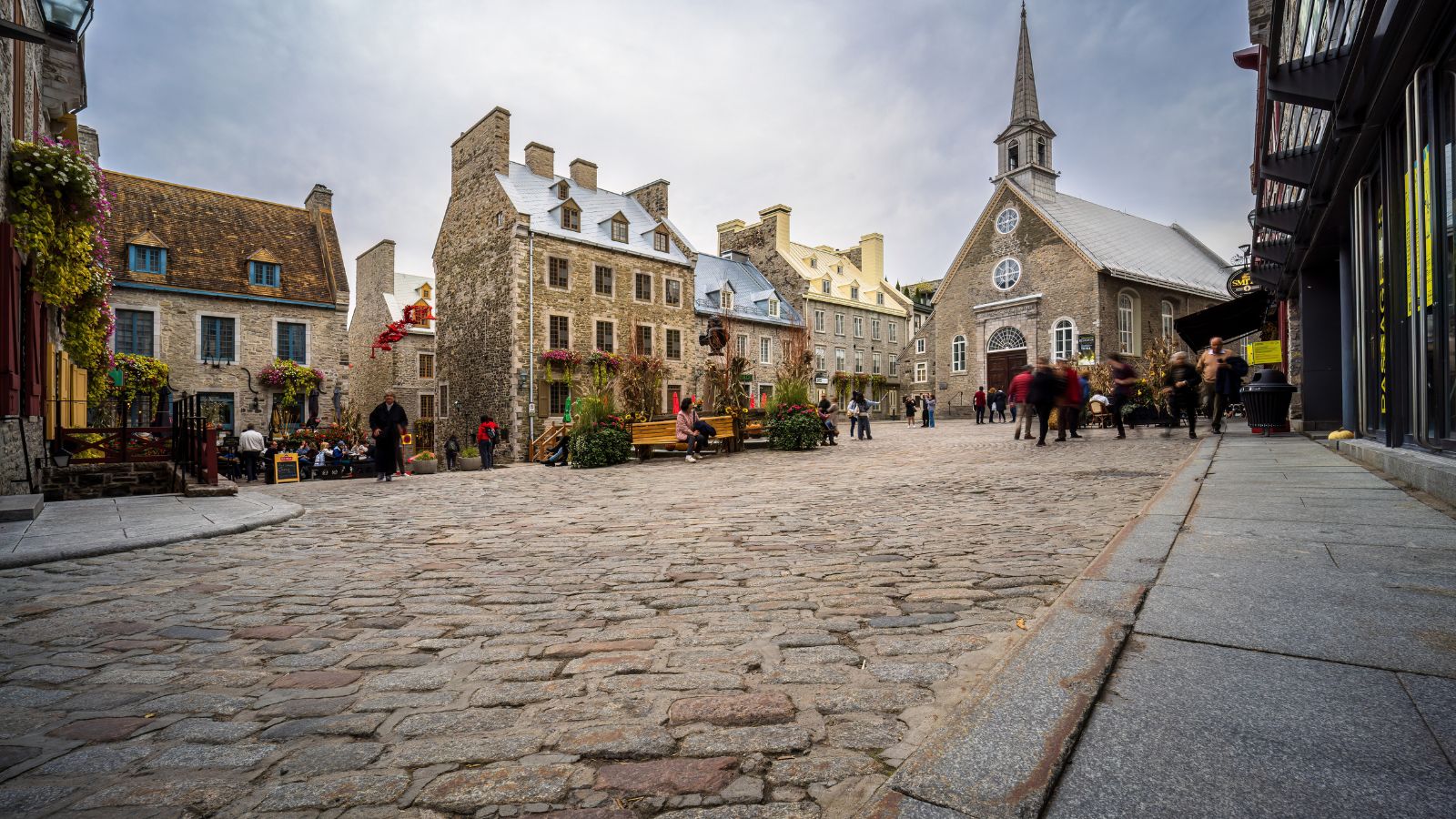
As one of North America’s oldest cities, Quebec City offers an unmatched sense of history without sacrificing modern conveniences. Its Old Town is a UNESCO World Heritage Site, yet the city remains affordable and safe, with high public satisfaction in healthcare and education. Unlike many U.S. cities, it retains a strong cultural identity rooted in language, food, and architecture.
Halifax, Nova Scotia
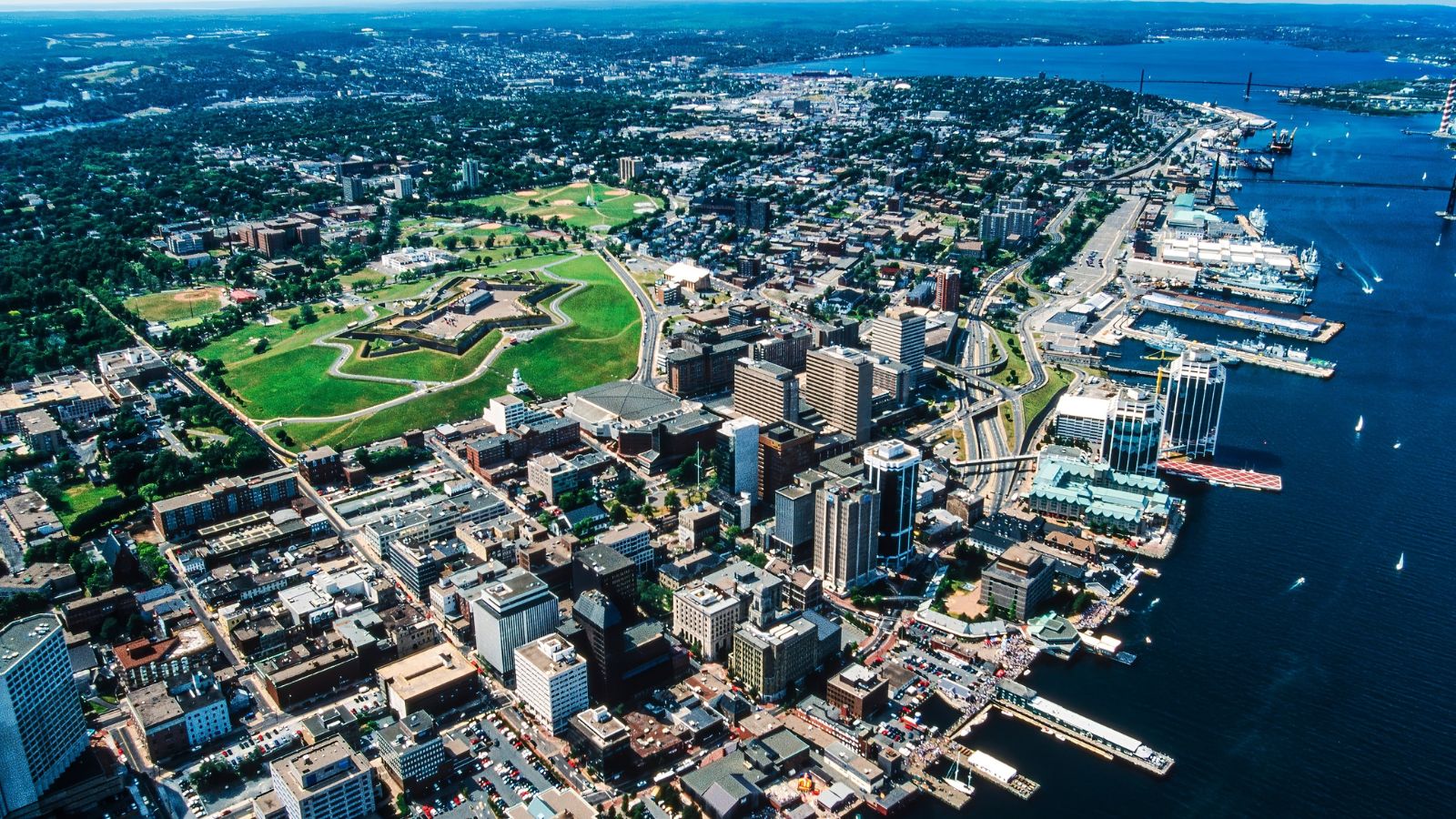
Halifax blends maritime history with a thriving arts and startup scene, making it a unique Atlantic urban centre. Unlike many aging industrial cities in the U.S., Halifax is growing steadily while preserving its natural beauty and walkability. The city’s investment in education, particularly around its universities, continues to pay off, proof that smaller cities can innovate and evolve without losing their soul.
Ottawa, Ontario
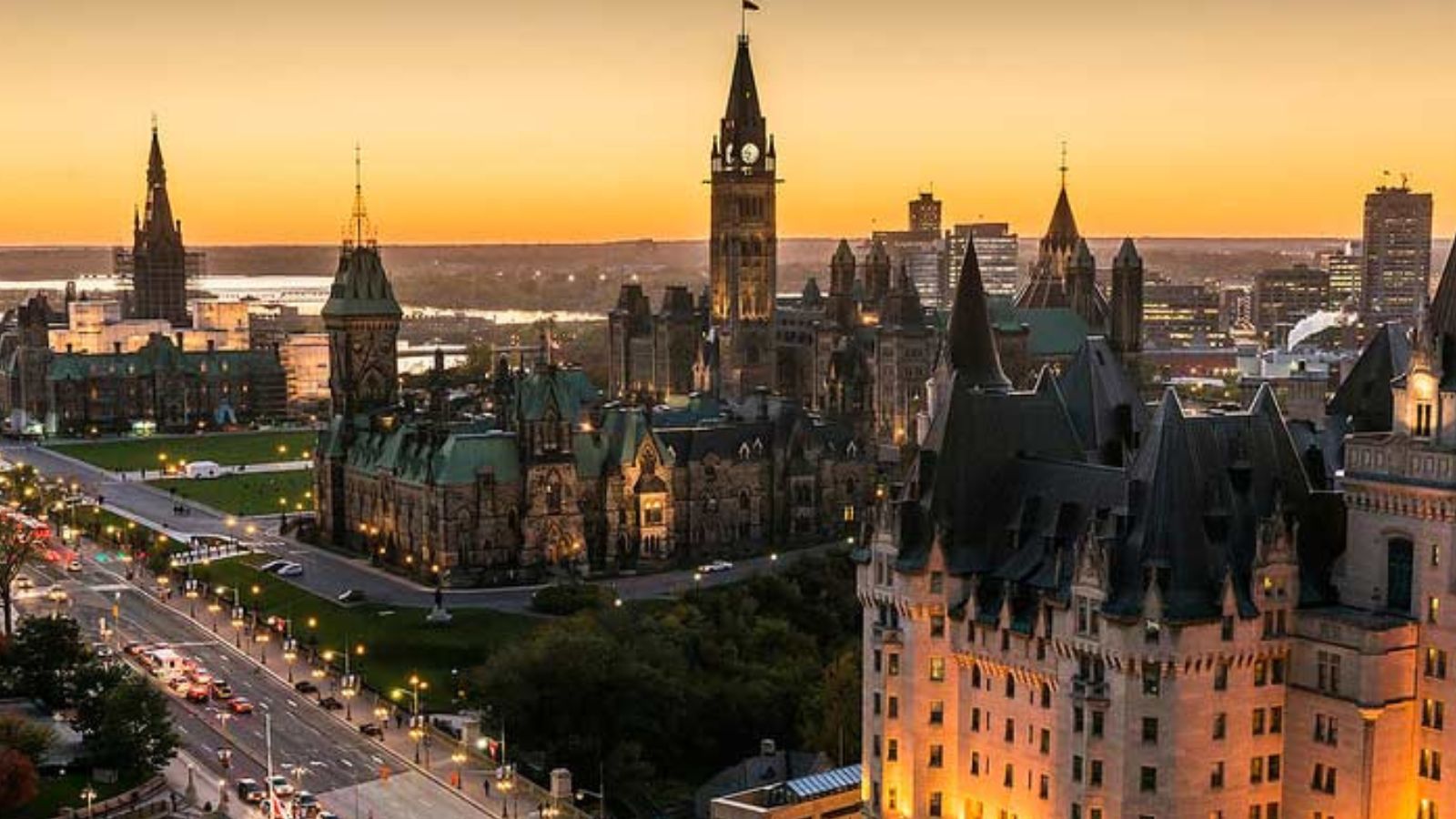
Ottawa often gets overshadowed by Toronto and Montreal, but it’s one of the best-governed and cleanest capital cities in the world. Unlike Washington, D.C., Ottawa is known for its safety, accessible green spaces, and low levels of political chaos. Museums, festivals, and bilingual culture make it vibrant, while affordability relative to wages is notably better, offering a balanced life with a touch of global sophistication.
Kelowna, British Columbia
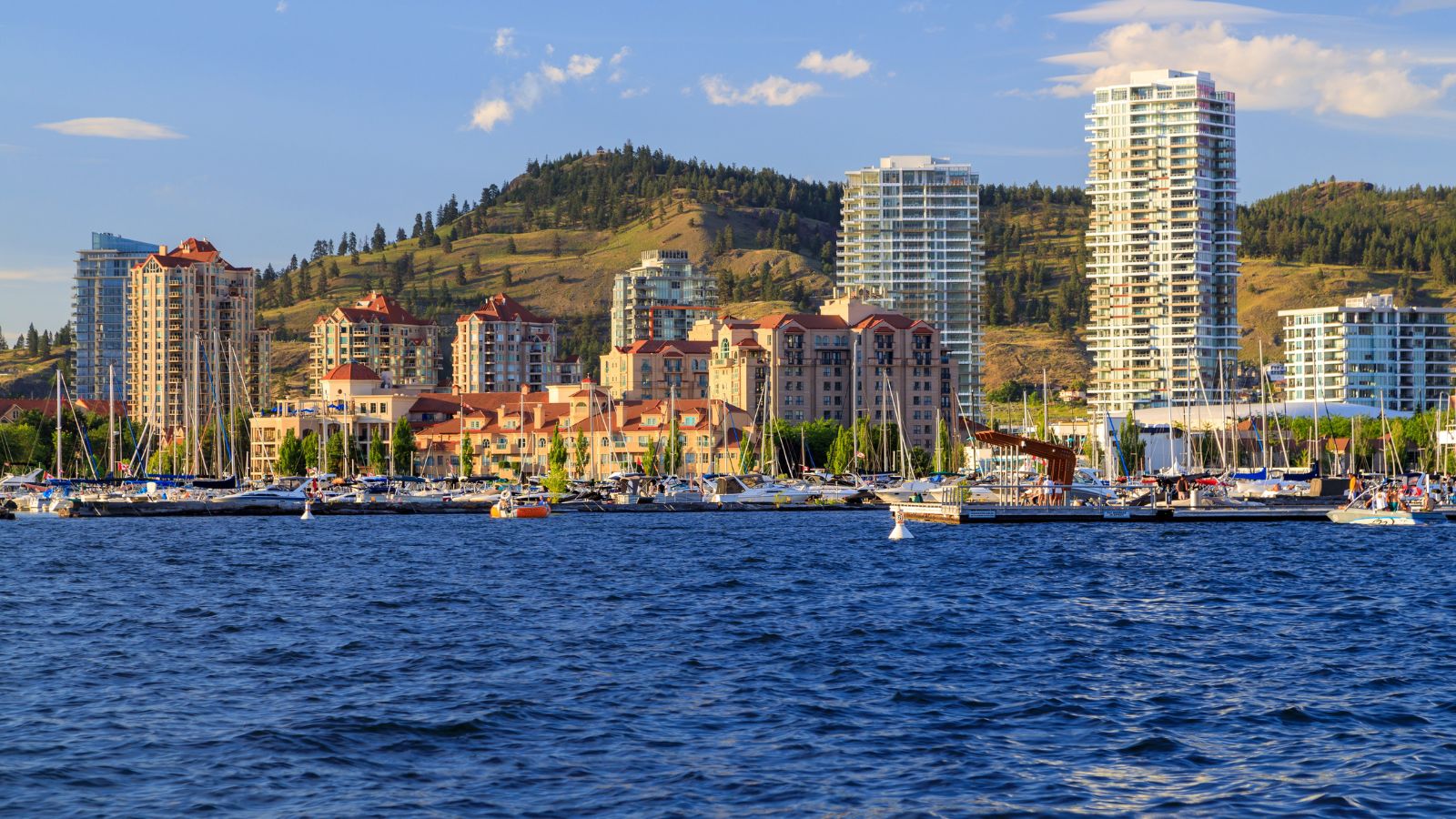
Kelowna’s growth has been explosive in recent years, but the city has managed it with vision. Sitting in the heart of wine country and hugged by lakes and mountains, it feels more like a retreat than a bustling city. Unlike many American boomtowns, Kelowna has emphasized sustainable building, smart zoning, and eco-tourism. It’s a place where progress and peace coexist naturally.
Moncton, New Brunswick
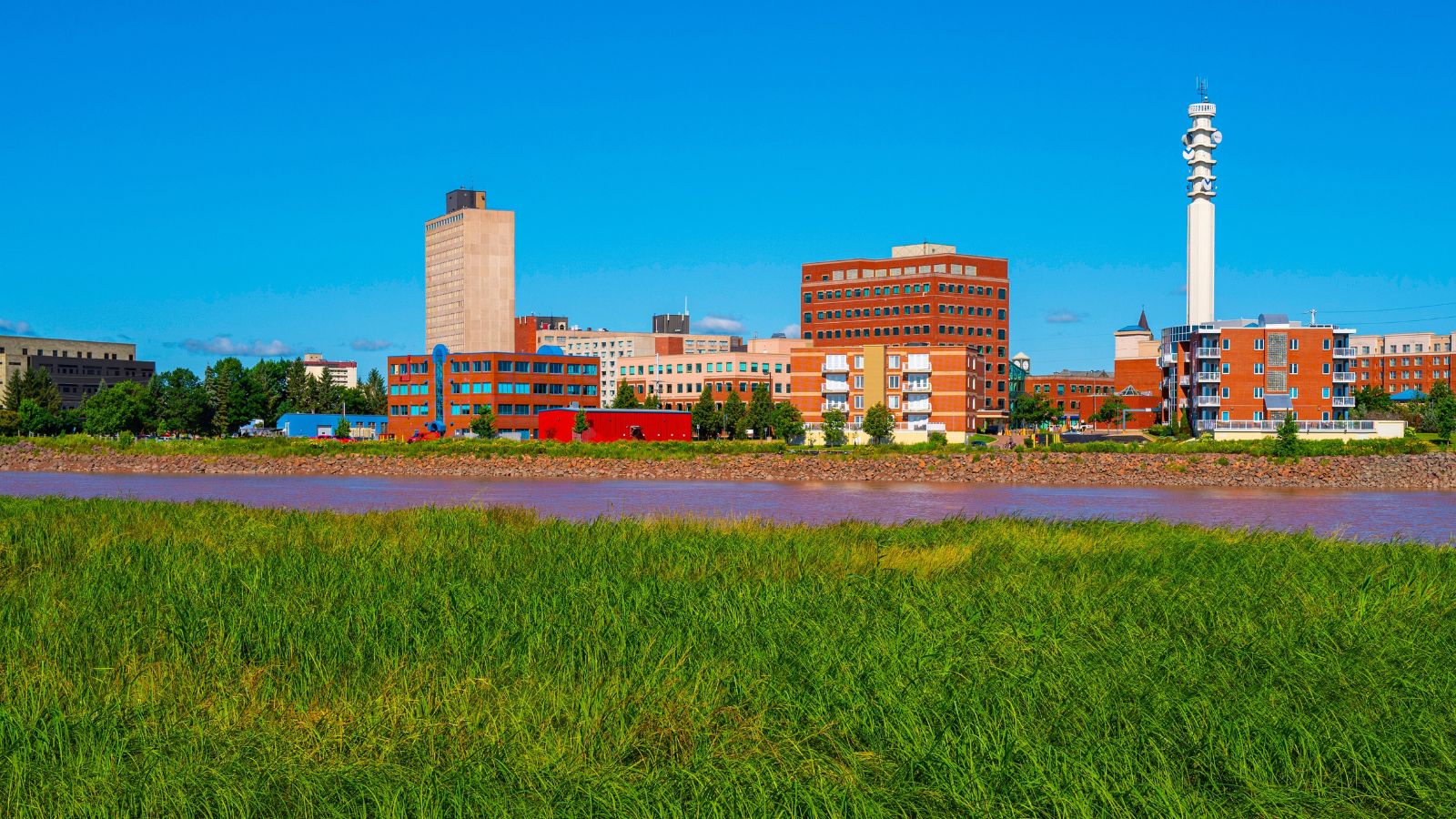
Moncton punches far above its weight in economic resilience and bilingualism. While similar-sized U.S. towns often struggle with population loss and unemployment, Moncton has become a magnet for tech startups, immigrants, and students. It’s one of the few places in North America where you can live affordably, find work quickly, and hear both English and French spoken widely. Its upward trajectory is quiet but undeniable.
Edmonton, Alberta
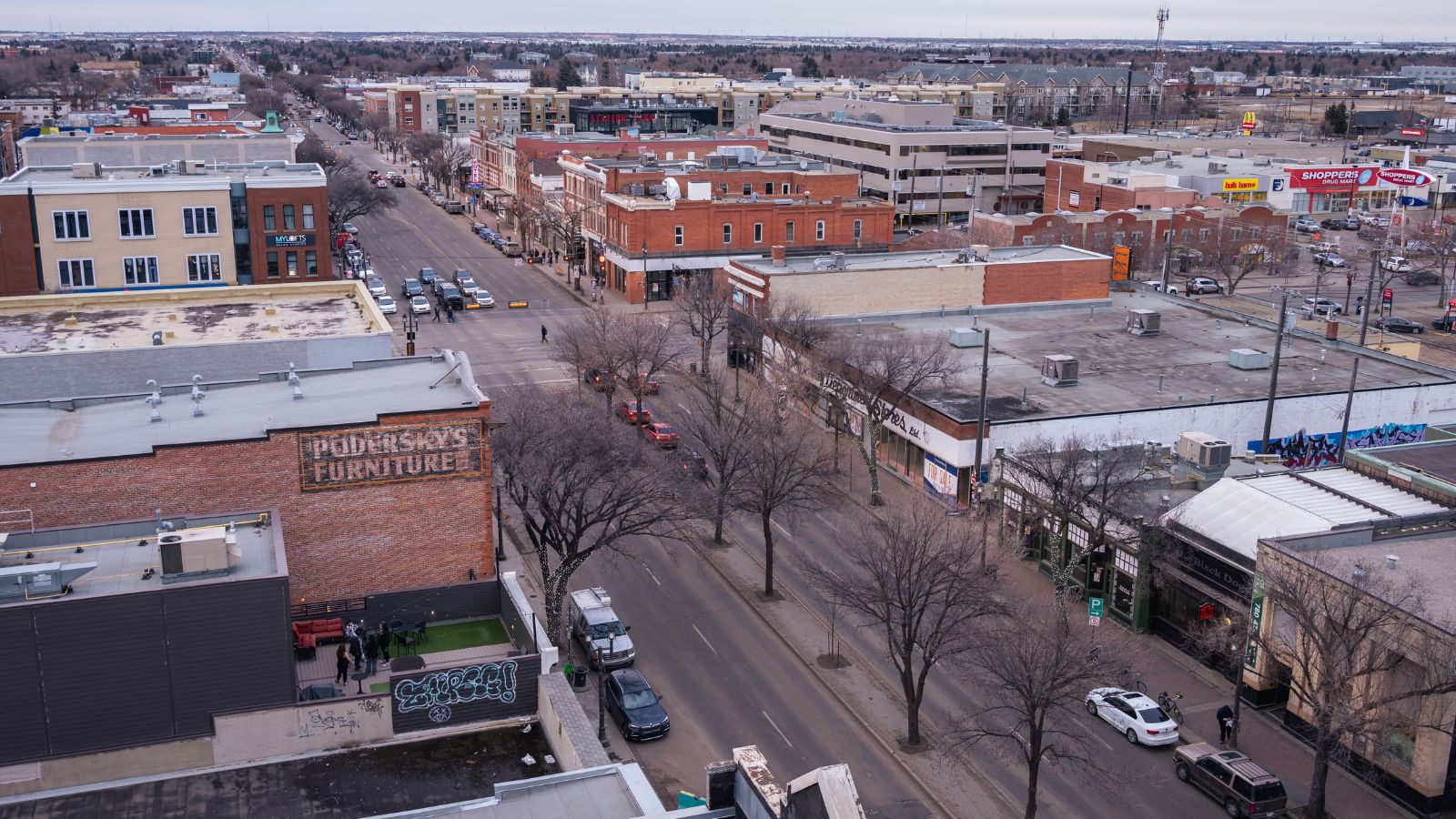
Often overlooked in favor of Calgary, Edmonton is a cultural and civic powerhouse. It boasts North America’s largest stretch of urban parkland, a thriving arts district, and a top-tier university. While many U.S. cities of its size grapple with inequality and public service cuts, Edmonton has kept healthcare, public libraries, and transit accessible. It’s a rare big city with a strong community feel.
St. John’s, Newfoundland and Labrador
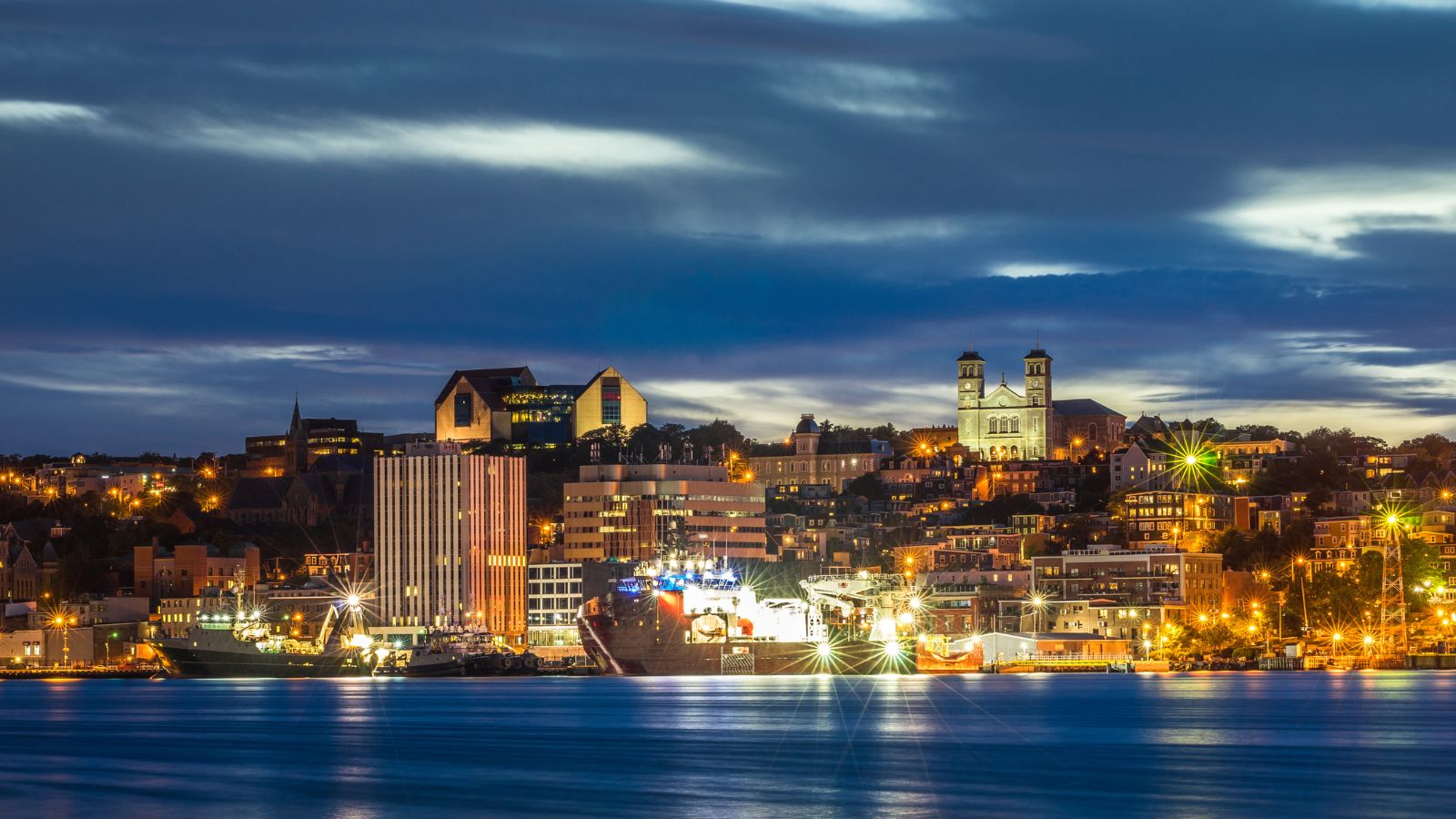
St. John’s is steeped in maritime tradition, yet it’s anything but stuck in the past. It’s one of the most colorful and musically rich cities in Canada, with a close-knit community and a strong sense of place. While comparable U.S. port cities have often suffered from disinvestment, St. John’s remains vibrant, safe, and culturally alive.
Saskatoon, Saskatchewan
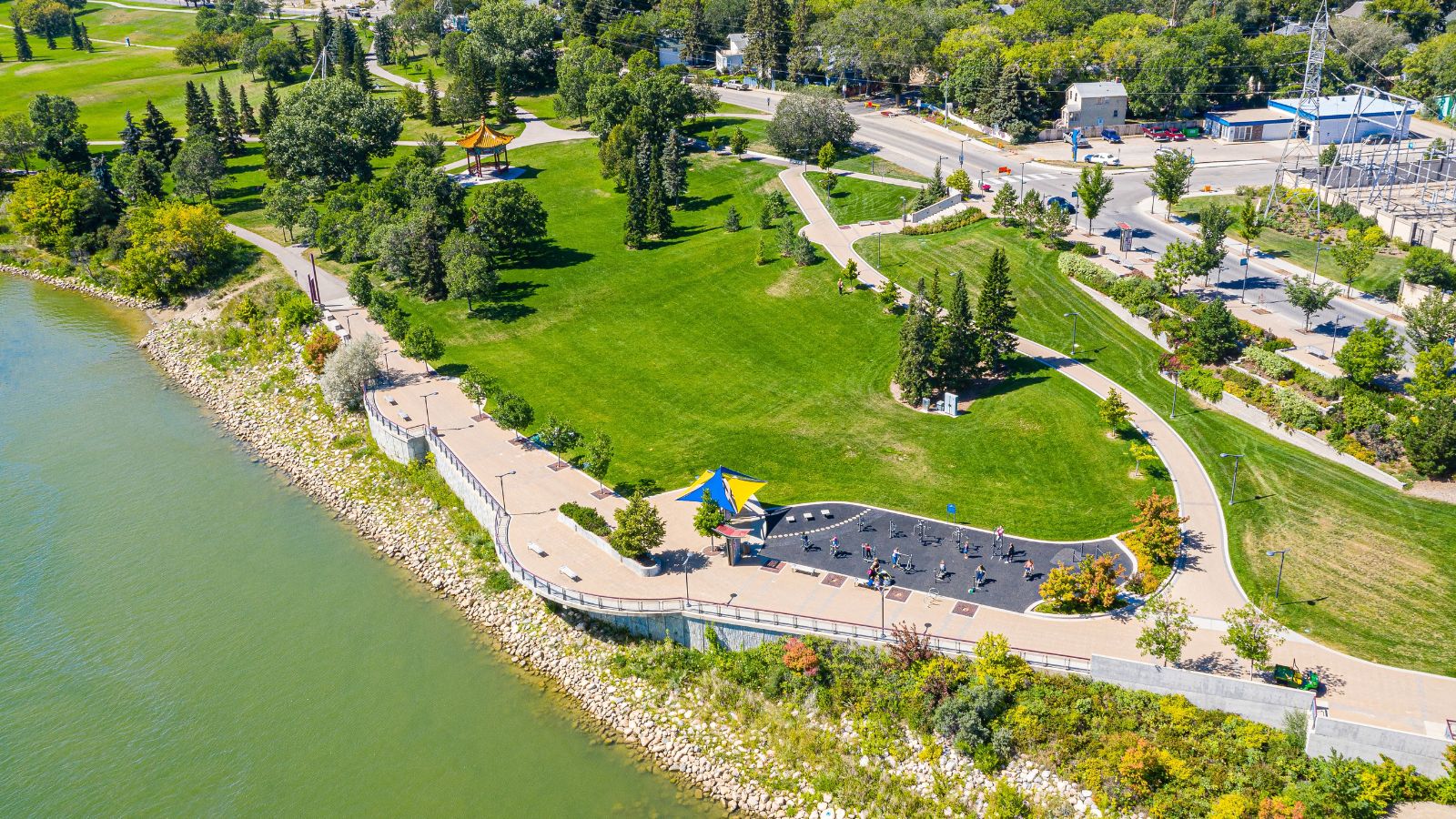
Saskatoon blends prairie charm with urban growth and innovation. While some midwestern U.S. cities have seen their downtowns hollow out, Saskatoon has invested in riverfront development, Indigenous partnerships, and a growing culinary scene. It’s increasingly diverse, yet retains a friendly, accessible feel that’s rare in growing cities. The cost of living is manageable, and the civic pride runs deep.
Burnaby, British Columbia
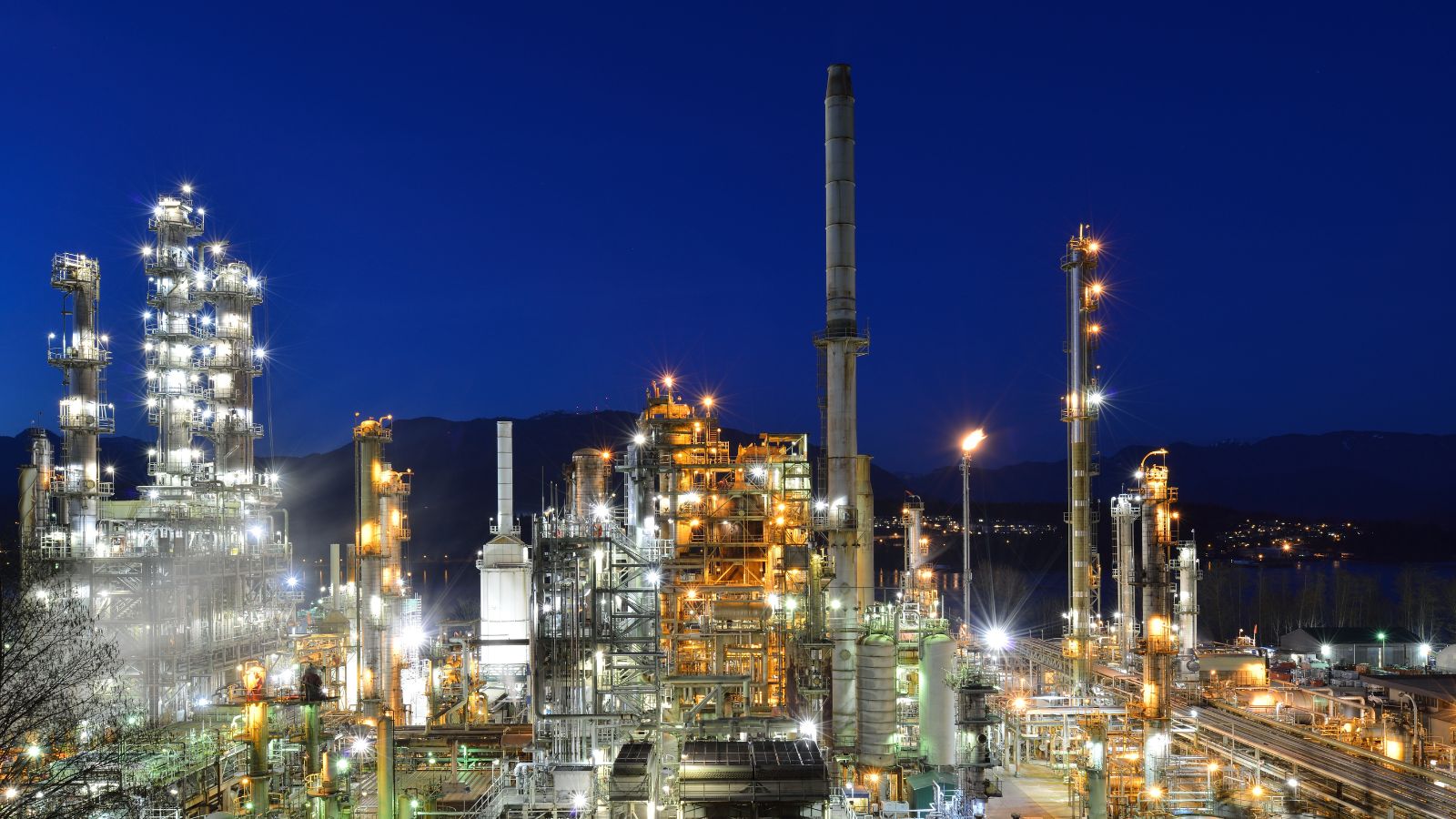
Technically a suburb of Vancouver, Burnaby is a city in its own right and arguably outpaces many American cities in smart planning. It has prioritized high-density living, parks, and public transportation, creating livable neighborhoods that work for everyone. With a mix of green space and commercial centers, it offers balance without the sprawl. It’s a prime example of how urban design can meet everyday needs.
Guelph, Ontario
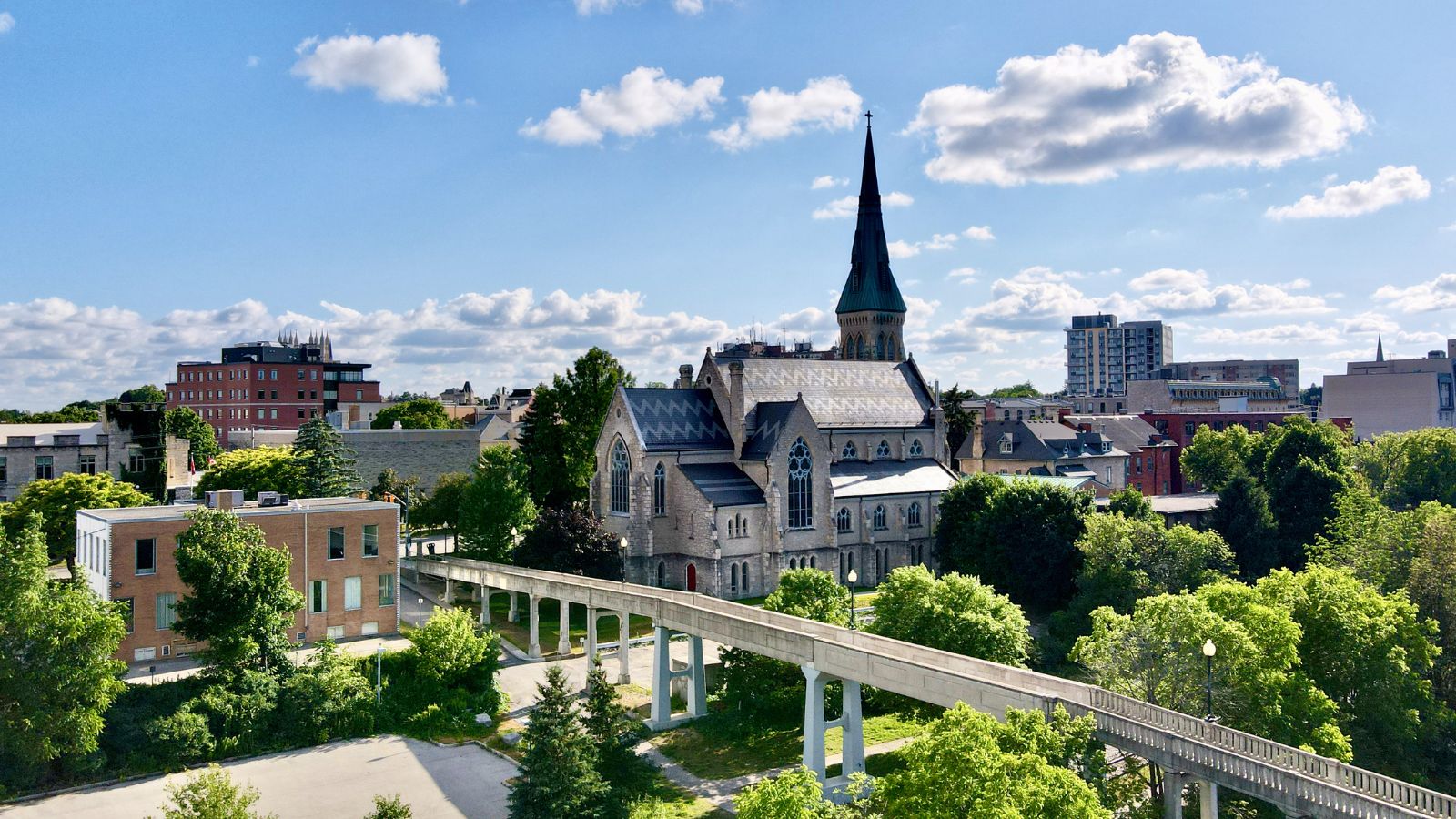
Known for its focus on sustainability and livability, Guelph has quietly become one of Canada’s most forward-thinking cities. While many American cities of similar size suffer from stagnant growth or rising inequality, Guelph has boosted local business, environmental protections, and walkable communities. It’s often ranked among Canada’s safest and cleanest cities. Guelph shows how smaller urban centres can lead with values and vision.
Sherbrooke, Quebec
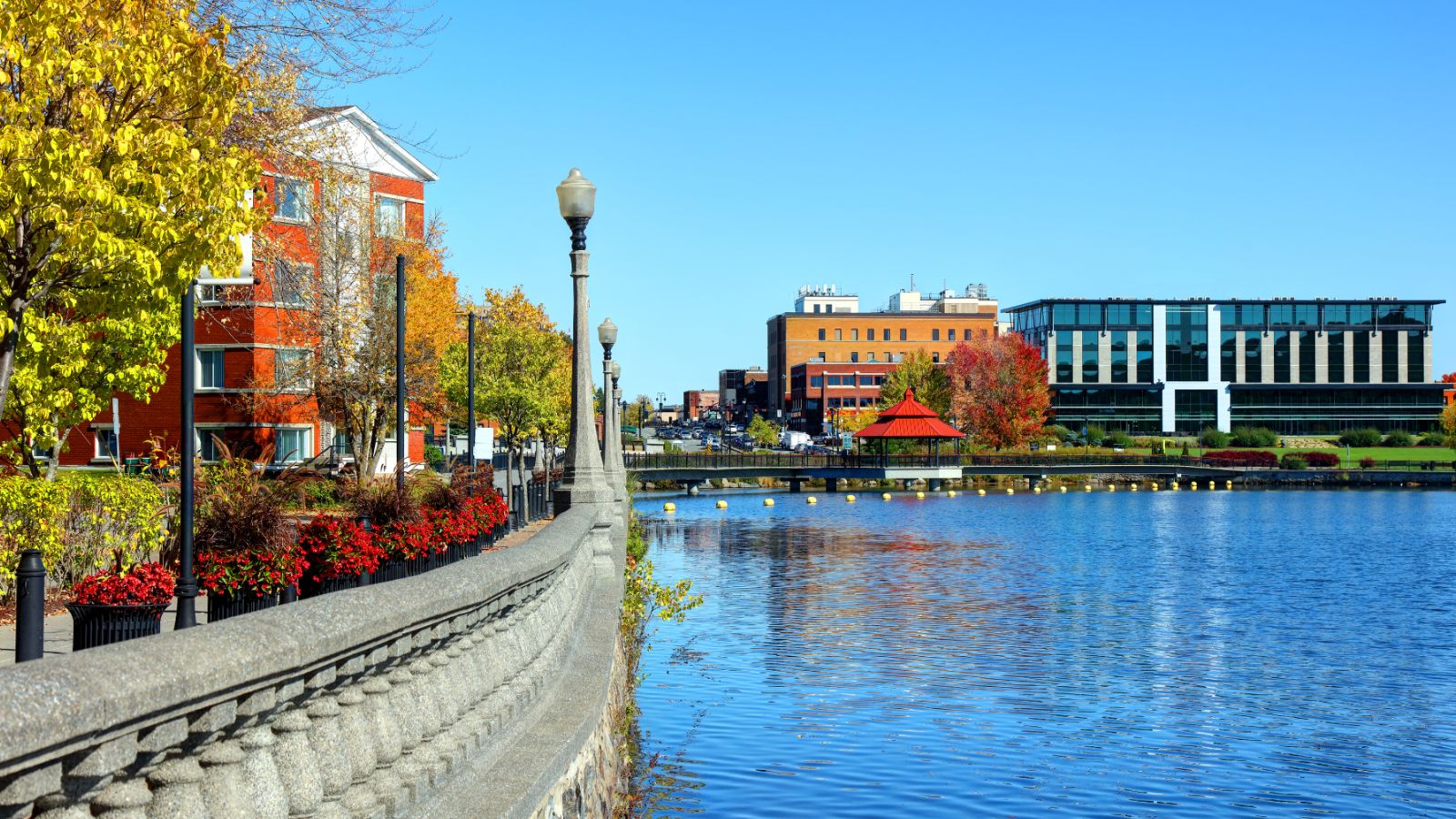
Sherbrooke is a French-speaking university town that thrives on education, culture, and public engagement. While similar U.S. cities often rely on a single industry, Sherbrooke has diversified smartly while investing in bilingual public services. It remains affordable and deeply connected to nature, with rivers, mountains, and greenways woven through the city.
Whitehorse, Yukon
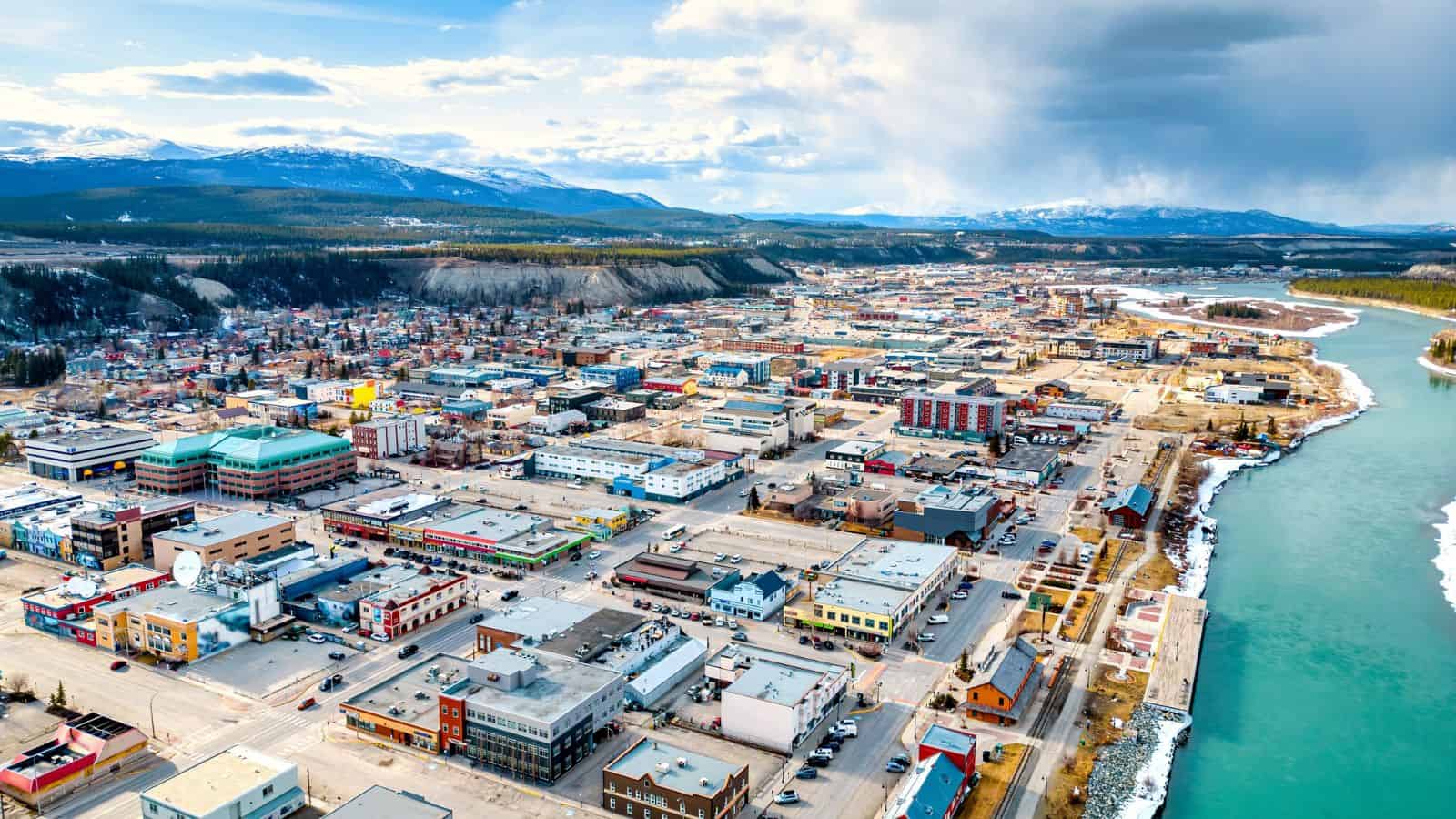
Whitehorse defies expectations for a northern capital. Despite its remote location, it offers impressive public services, cultural institutions, and a high quality of life. Compared to many isolated American towns, Whitehorse is well-connected, forward-looking, and community-focused. Its blend of Indigenous culture, frontier spirit, and modern amenities makes it uniquely Canadian, and undeniably impressive.
Laval, Quebec
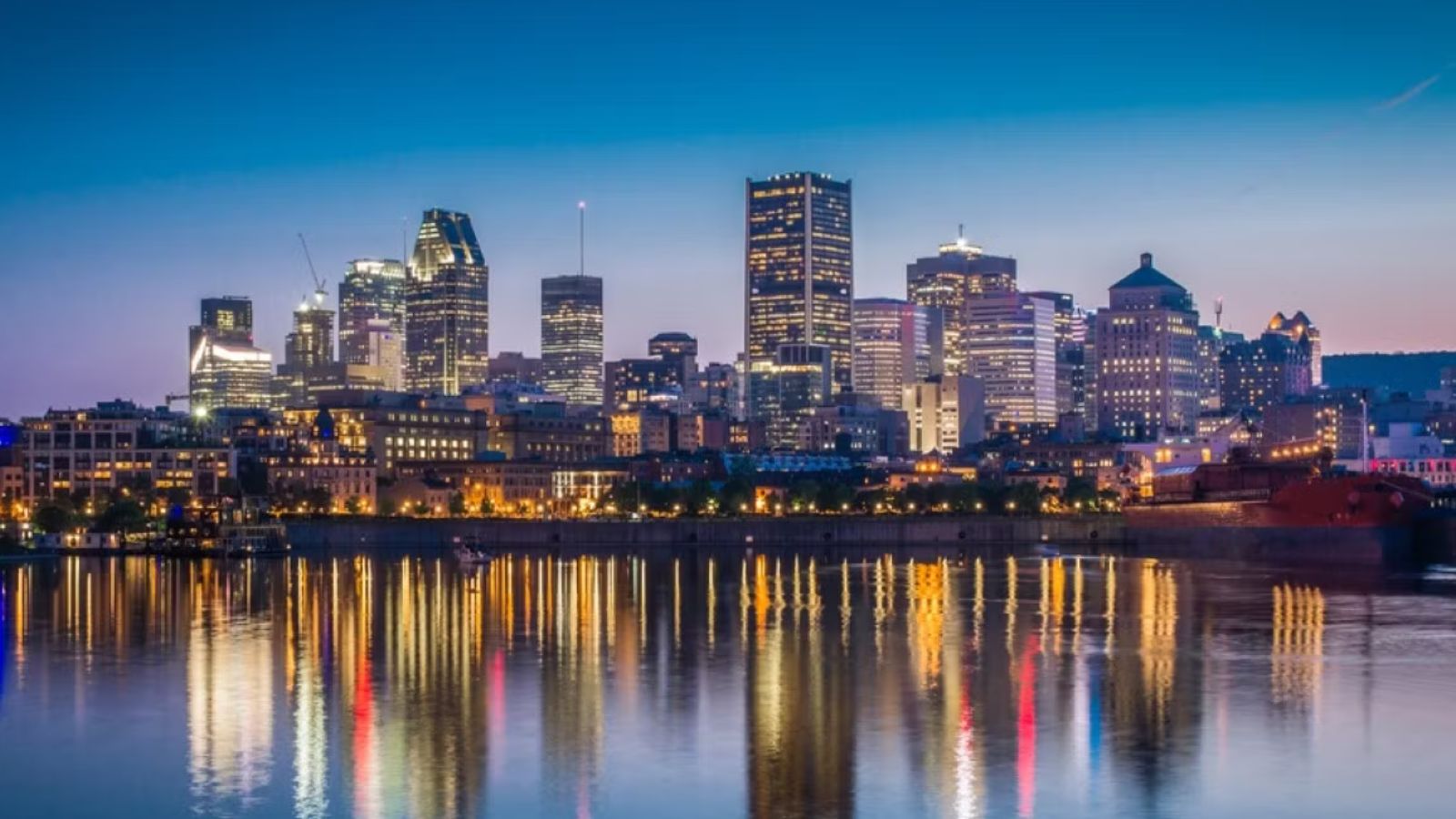
Laval often flies under the radar but is a powerhouse in research, technology, and smart development. It’s a shining example of how suburban regions can evolve into urban hubs with their own identities. Public transit, healthcare access, and green space are all priorities, unlike many U.S. suburbs that are car-dependent and underserved, proving that thoughtful growth matters.
Red Deer, Alberta
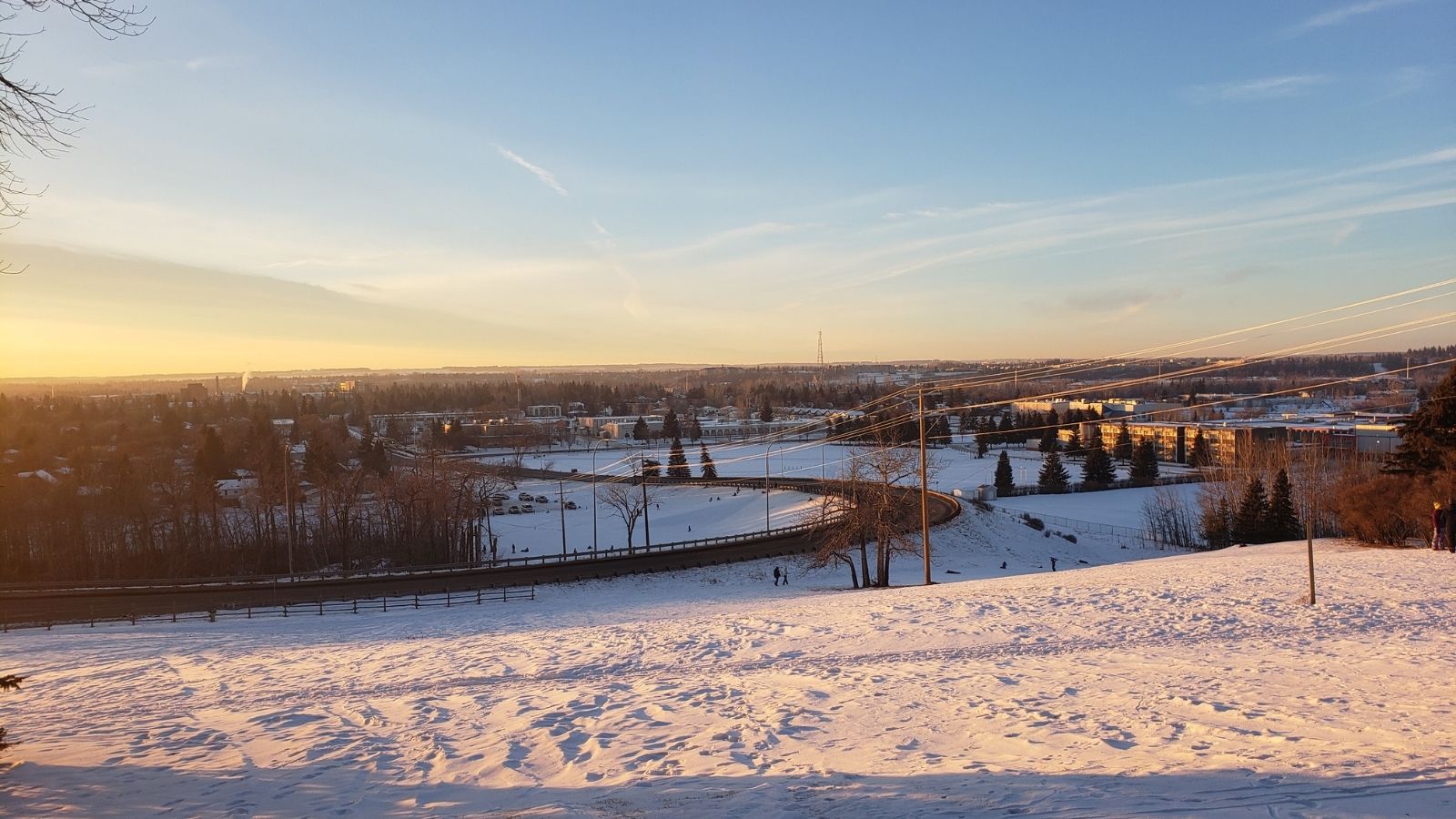
Situated between Calgary and Edmonton, Red Deer is often overlooked but offers a high standard of living with a small-town feel. Its investment in recreation, local arts, and inclusive planning has paid off. Where comparable U.S. cities might struggle with downtown decay or rising crime, Red Deer remains safe and well-managed, creating a blueprint for mid-sized cities with big ambitions.
Thunder Bay, Ontario
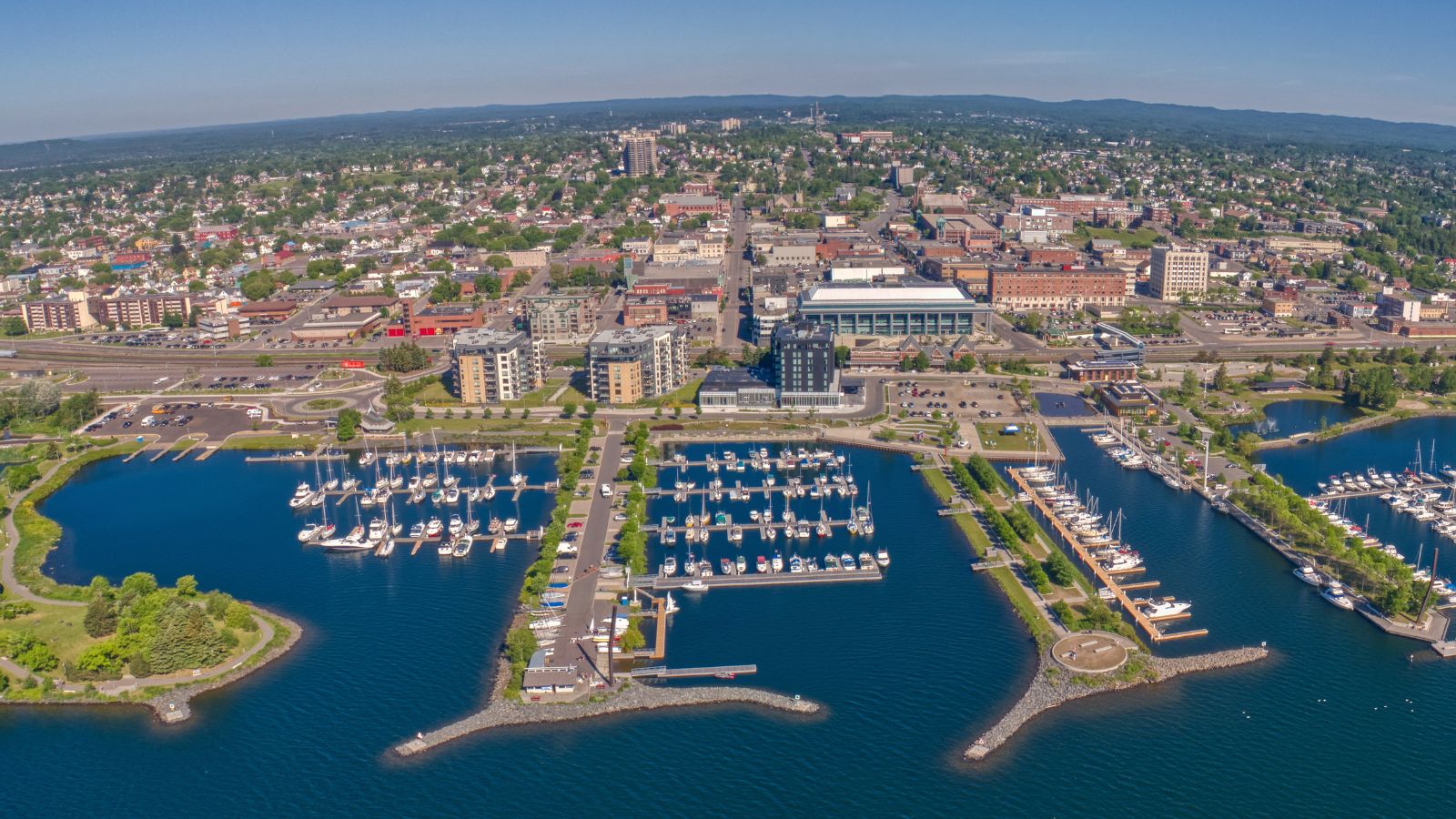
Thunder Bay blends rugged wilderness with a strong cultural scene and Indigenous heritage. While some Rust Belt cities in the U.S. have declined, Thunder Bay has stabilized and begun rebranding itself through education and tourism. Its lakefront redevelopment and outdoor lifestyle appeal to those seeking a meaningful, affordable way of life. It’s resilient, rooted, and quietly dynamic.
Charlottetown, Prince Edward Island
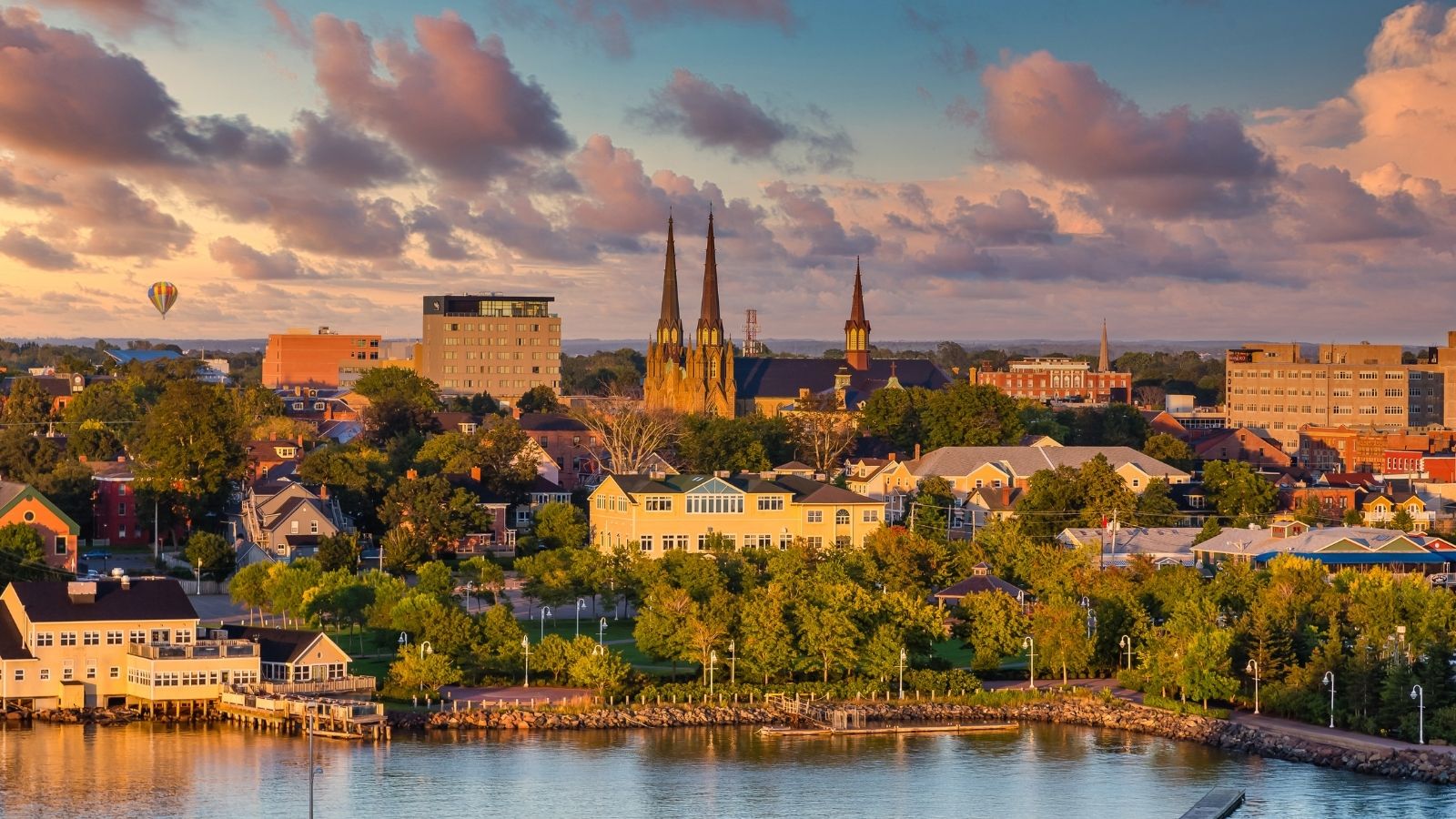
The birthplace of Confederation remains a model of small-city charm and civic pride. Its size makes it incredibly walkable, and its local economy is boosted by tourism, education, and agriculture. Unlike many U.S. towns of its size that rely on big-box retail, Charlottetown supports local businesses and heritage. It’s living proof that historical significance and modern progress can coexist beautifully.
Kingston, Ontario
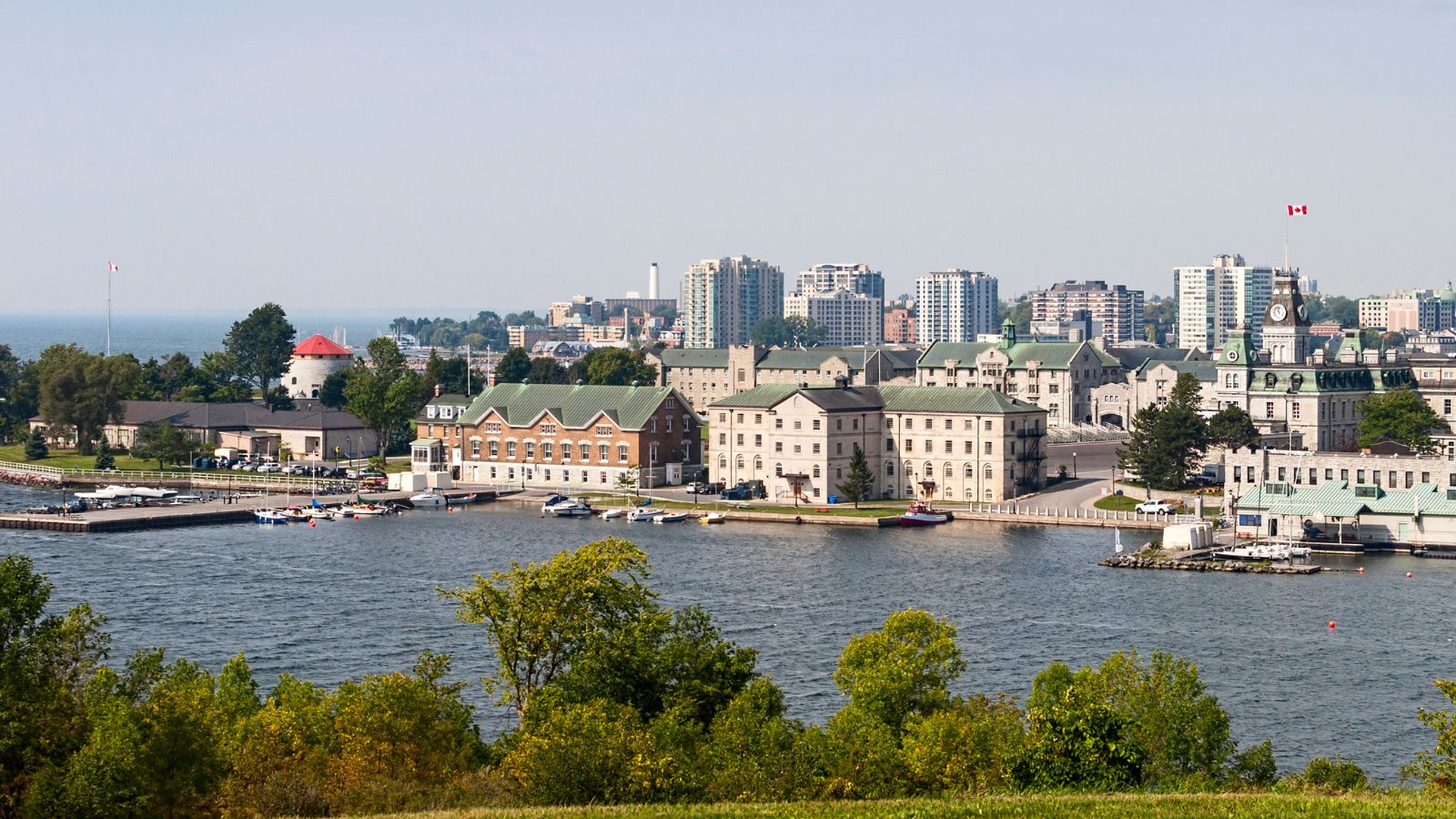
With its limestone architecture and lakeside views, Kingston is as picturesque as it is functional. Home to Queen’s University, it punches above its weight in education, healthcare, and innovation. American college towns often struggle with affordability or over-commercialization, but Kingston balances student life with civic involvement and heritage preservation.
Winnipeg, Manitoba
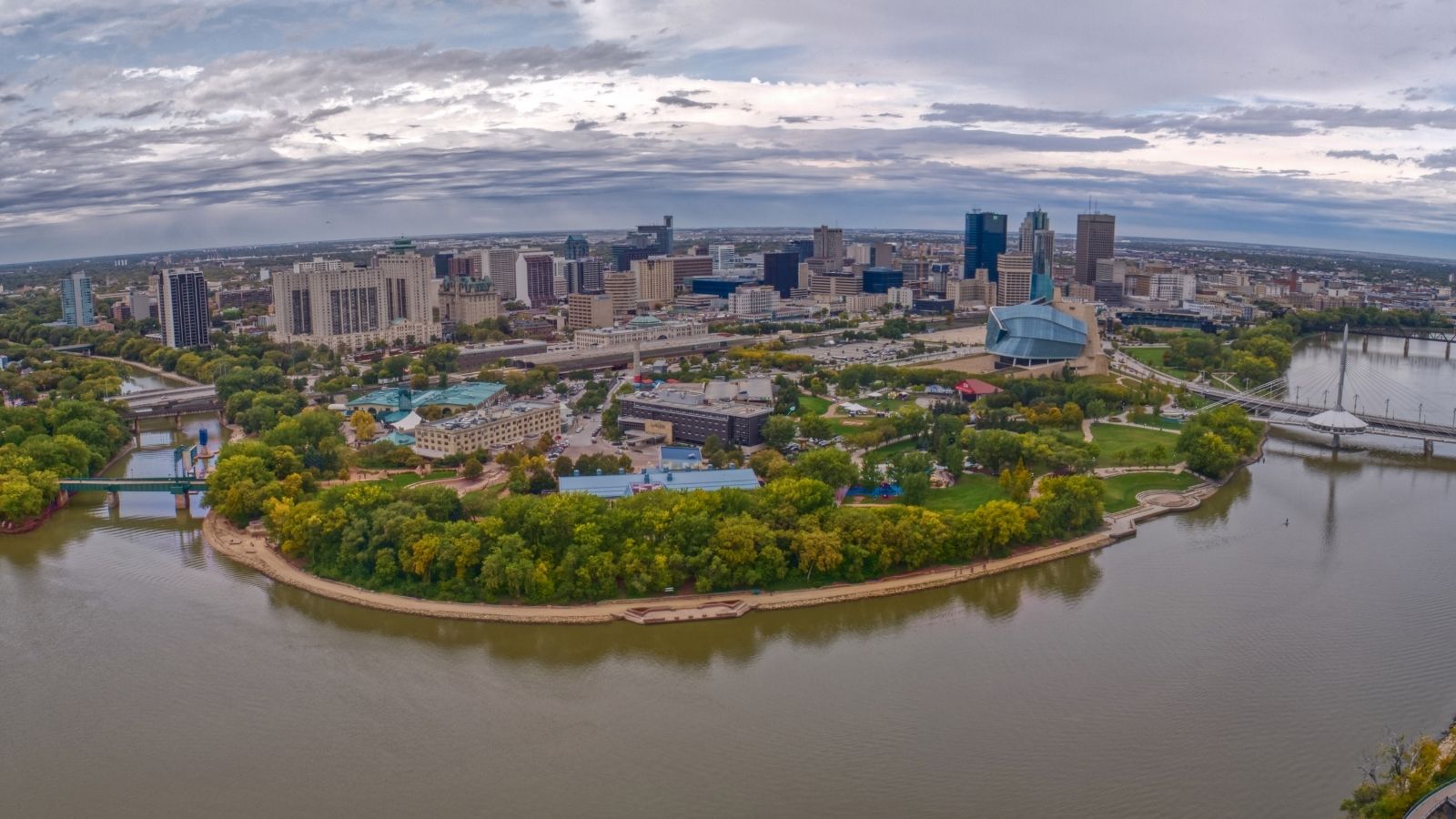
Winnipeg is a prairie city with a gritty edge and an enormous cultural heart. The Canadian Museum for Human Rights, a thriving Indigenous arts scene, and a fierce winter spirit give it an identity all its own. Despite the cold, Winnipeg fosters warmth in its communities, often outperforming U.S. cities in public engagement and affordability. It’s complex, creative, and uniquely Canadian.
Richmond, British Columbia
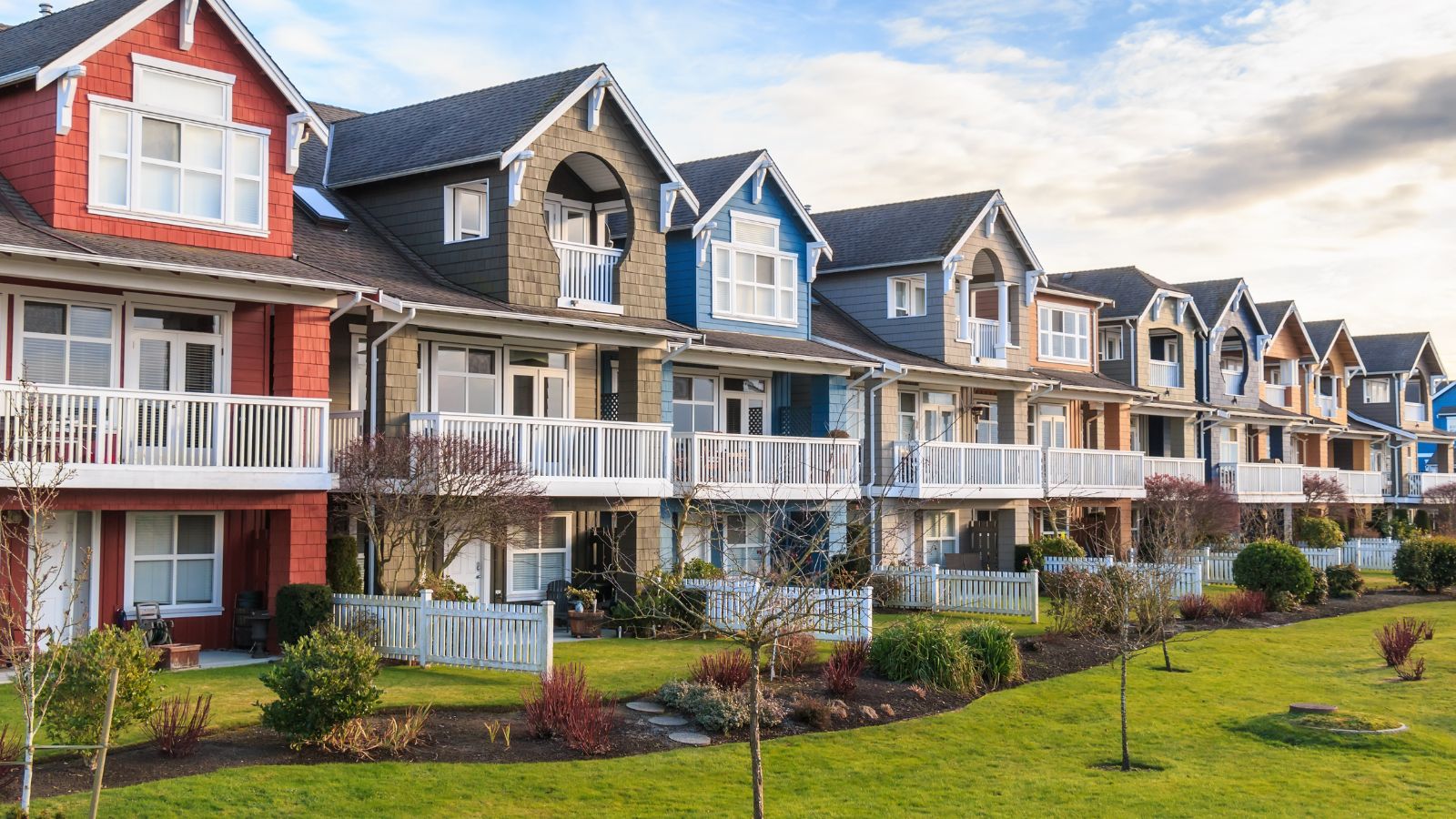
Richmond stands out for its incredible multiculturalism, particularly its vibrant Asian communities and cuisine. It’s a city that embraces immigration while ensuring infrastructure, transit, and services keep pace with growth. Compared to similar U.S. suburbs suffering from fragmentation and poor planning, Richmond feels intentional and inclusive.
21 Products Canadians Should Stockpile Before Tariffs Hit

If trade tensions escalate between Canada and the U.S., everyday essentials can suddenly disappear or skyrocket in price. Products like pantry basics and tech must-haves that depend on are deeply tied to cross-border supply chains and are likely to face various kinds of disruptions
21 Products Canadians Should Stockpile Before Tariffs Hit
